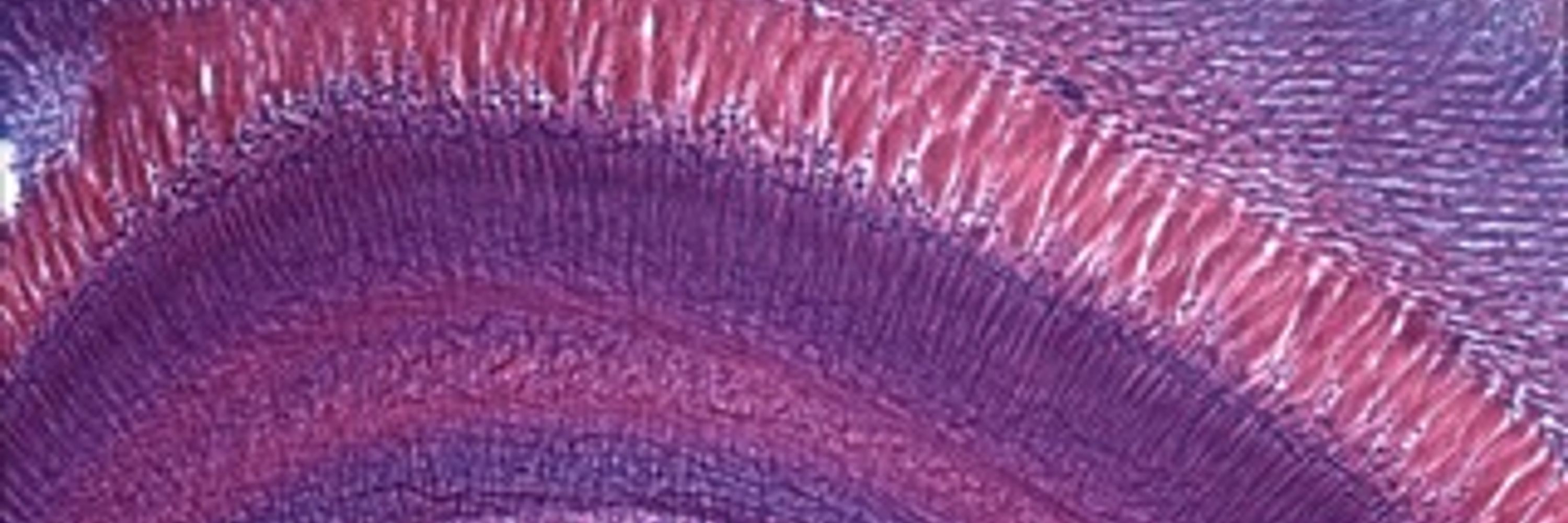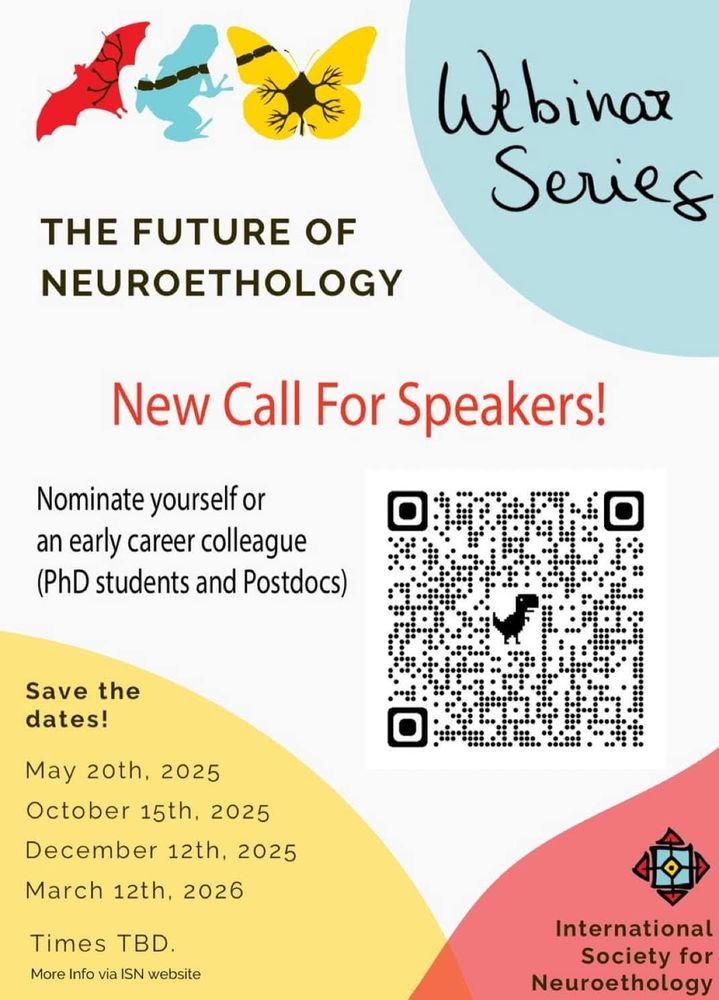

journals.biologists.com/jeb/article/...
Read the full research at journals.biologists.com/jeb/article/...

journals.biologists.com/jeb/article/...
Read the full research at journals.biologists.com/jeb/article/...
journals.biologists.com/jeb/article/...

journals.biologists.com/jeb/article/...
@mpi-animalbehav.bsky.social
youtube.com/shorts/juEhw...

@mpi-animalbehav.bsky.social
youtube.com/shorts/juEhw...
⏰Deadline 15th December, online info event TODAY @2pm! Link in the PhD advert👉 www.findaphd.com/phds/project...
⏰Deadline 15th December, online info event TODAY @2pm! Link in the PhD advert👉 www.findaphd.com/phds/project...
www.frontiersin.org/journals/eco...

www.frontiersin.org/journals/eco...
@springernature.com
link.springer.com/article/10.1...

@springernature.com
link.springer.com/article/10.1...

www.science.org/doi/10.1126/...

www.science.org/doi/10.1126/...

Check it out!
www.sciencedirect.com/science/arti...

Check it out!
www.sciencedirect.com/science/arti...

@alexdqm.bsky.social ,
@ishaninanda.bsky.social
# AnitaOngLayMun @larschittka.bsky.social and me from
@preparedmindslab.bsky.social
see below for a videoclip of the bees
@queenmarycbb.bsky.social

@alexdqm.bsky.social ,
@ishaninanda.bsky.social
# AnitaOngLayMun @larschittka.bsky.social and me from
@preparedmindslab.bsky.social
see below for a videoclip of the bees
@queenmarycbb.bsky.social
#AnitaOng for "Duration discrimination in the bumblebee..."
royalsocietypublishing.org/doi/epdf/10....
@royalsocietypublishing.org
cc @larschittka.bsky.social sky.social
#AnitaOng for "Duration discrimination in the bumblebee..."
royalsocietypublishing.org/doi/epdf/10....
@royalsocietypublishing.org
cc @larschittka.bsky.social sky.social
Stop by the Neuroethology Social & Networking event on Sunday, 7-9 at the Grand Ballroom 1/2, Marriot Marquis!

Stop by the Neuroethology Social & Networking event on Sunday, 7-9 at the Grand Ballroom 1/2, Marriot Marquis!
From @maddy-janakis.bsky.social
Check it out! 🦀
academic.oup.com/iob/article/...

From @maddy-janakis.bsky.social
Check it out! 🦀
academic.oup.com/iob/article/...



embargoed.www.cell.com/action/showF...
@cellpress.bsky.social
embargoed.www.cell.com/action/showF...
@cellpress.bsky.social
Lopez-Hervas et al. show that diet quality and body mass shape mice’s reactions to risk — heavier or better-fed individuals play it safer, supporting the asset-protection hypothesis! Read here, it's #OpenAccess: doi.org/10.1111/eth....

Lopez-Hervas et al. show that diet quality and body mass shape mice’s reactions to risk — heavier or better-fed individuals play it safer, supporting the asset-protection hypothesis! Read here, it's #OpenAccess: doi.org/10.1111/eth....
When fruit flies go short on nutrients, their brains literally change the way they smell the world, helping them sniff out the microbes they need to survive.
👉 Article: tinyurl.com/yw4rfph2
🔗 Paper: tinyurl.com/3j4avr4x
@currentbiology.bsky.social

@royalsocietypublishing.org
@royalsocietypublishing.org

